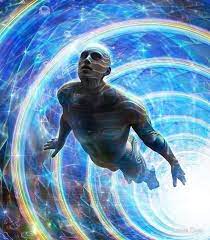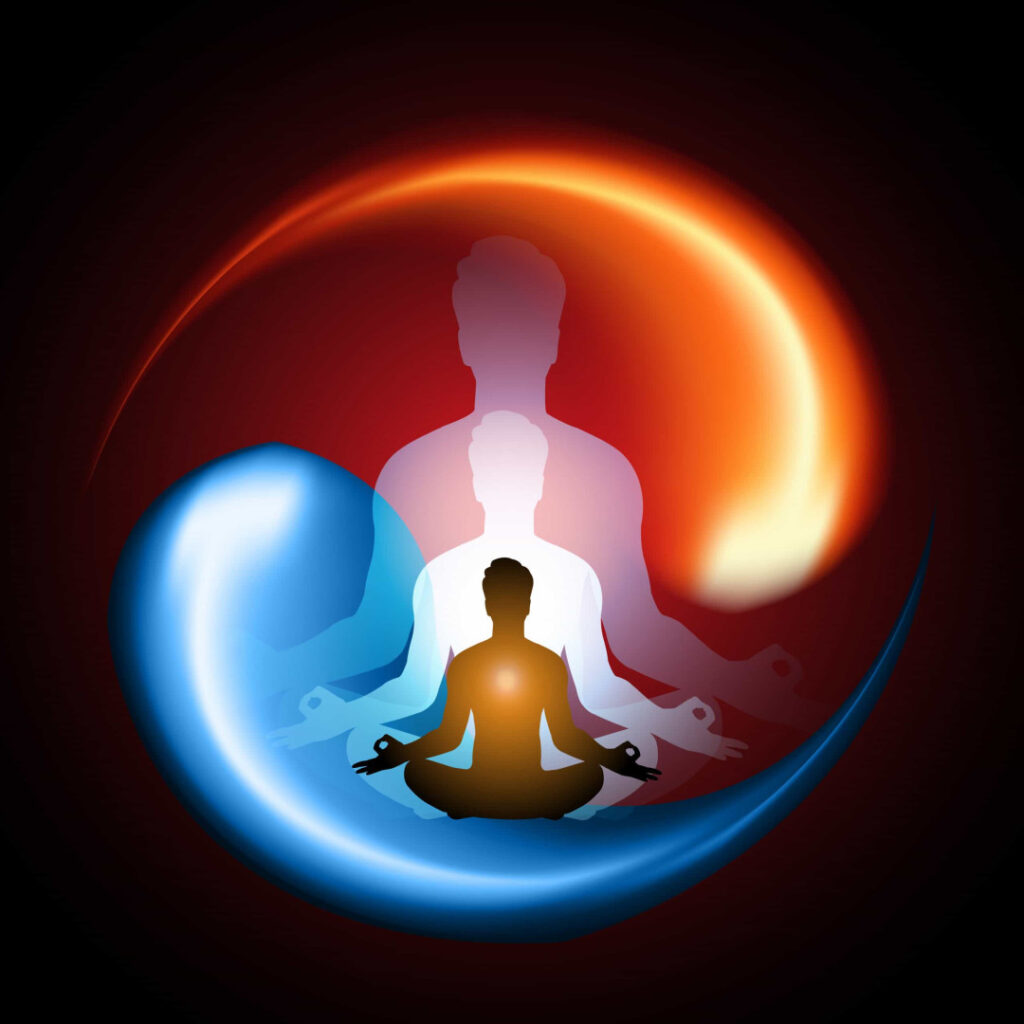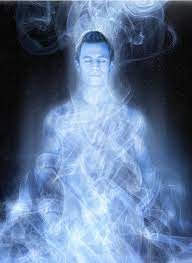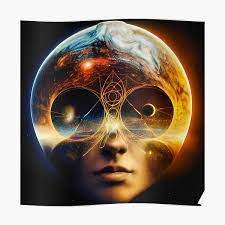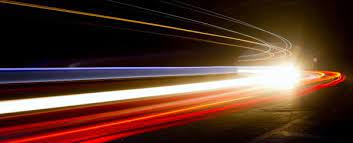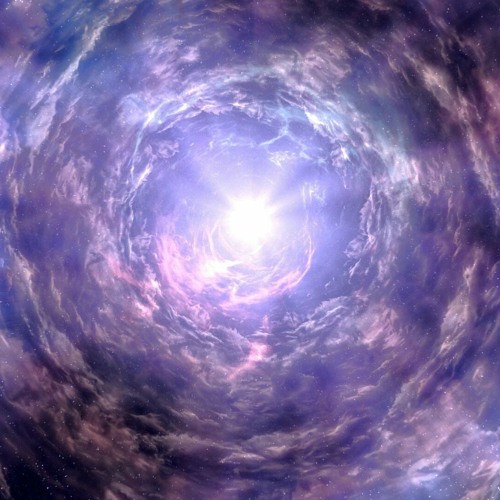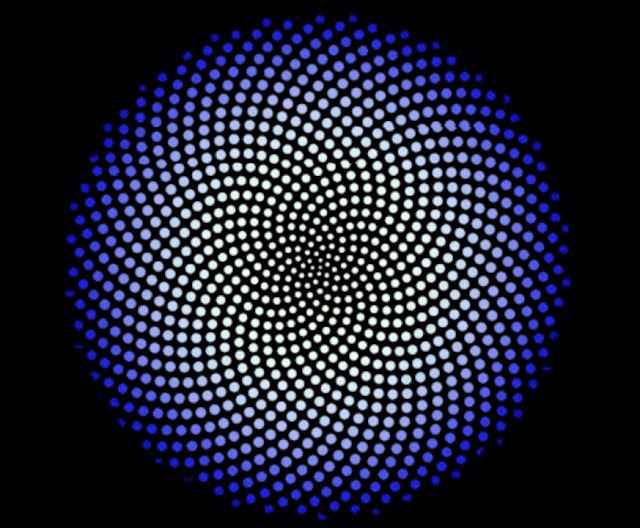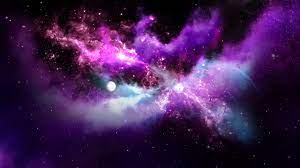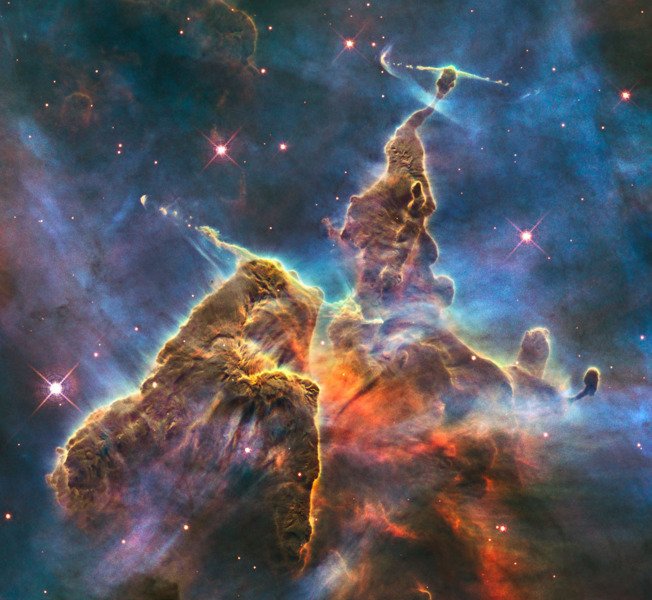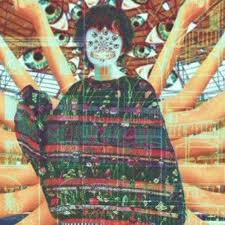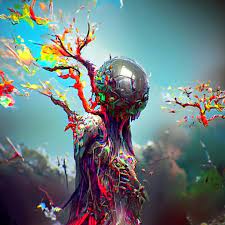Time and space are both camouflage patterns. The inner senses conquer time and space, but this is hardly surprising because time and space do not exist for them, There is no time and space. Therefore, nothing is conquered. The camouflage simply is not present.
I want to give more detailed information about inner realities themselves. Actually, they do not parallel the outer senses; and this will sound appalling to some, I’m afraid, simply because there is nothing to be seen, heard or touched in the manner in which we are accustomed. I don’t want to give the idea that existence without our camouflage patterns is bland and innocuous because this is not the case. The inner senses have a strong immediacy, a delicious intensity that our outer senses lack. There is no lapse of time in perception, since the is no time.
Camouflage patterns do, or course, also belong to the inner world, since they are formed from the stuff of the universe by mental enzymes, which have a chemical reaction on our plane. The reaction is necessarily a distortion. That is, any camouflage is a distortion in the sense that vitality is forced into a particular form. Mental enzymes are actually the property of the inner world, representing the conversion of vitality into camouflage data which is then interpreted by the physical senses.
Imagine a man/woman looking at a tree in the near distance on an ordinary street, with intervening houses and sidewalks.
Using the inner senses, it would be as if, instead of seeing the various houses, our man/woman felt them. He/she would be sensitive to them, in other words, as we feel heat or cold without necessarily touching ice or fire.
He/she would be using the fist inner sense. It involves immediate perception of a direct nature, whose intensity varies according to what is being sensed. It involves instant cognition through what i can only describe as inner vibrational touch.
This sense would permit our many to feel the basic sensations felt by the tree, so that instead of looking at it, his/her consciousness would expand to contain the experience of what it is to be a tree. According to his/her proficiency, he/she would feel in like manner the experience of being the grass and so forth. He would in no way lose consciousness of who heshe was. and he/she would perceive these experiences again, somewhat in the same manner that we perceive heat and cold.
This sense would permit our many to feel the basic sensations felt by the tree, so that instead of looking at it, his/her consciousness would expand to contain the experience of what it is to be a tree. According to his/her proficiency, he/she would feel in like manner the experience of being the grass and so forth. He would in no way lose consciousness of who heshe was. and he/she would perceive these experiences again, somewhat in the same manner that we perceive heat and cold.
The inner senses are capable of expansion and of focus in a way unknown to the outer ones, and the inner world, of course, is a part of all realities. It is not so much that it exists simultaneously with the outer world, as that it forms the outer world and exists in it also.
When we receive more information on the inner senses, we will begin using them to a much higher degree than we are now. Of course, the inner senses can be used to explore reality that does not yield to the physical senses.

